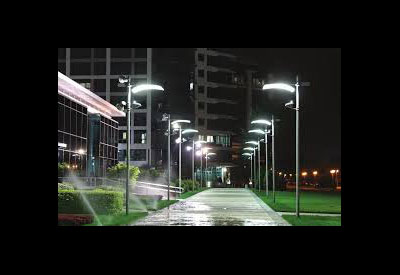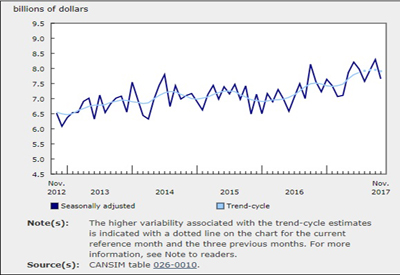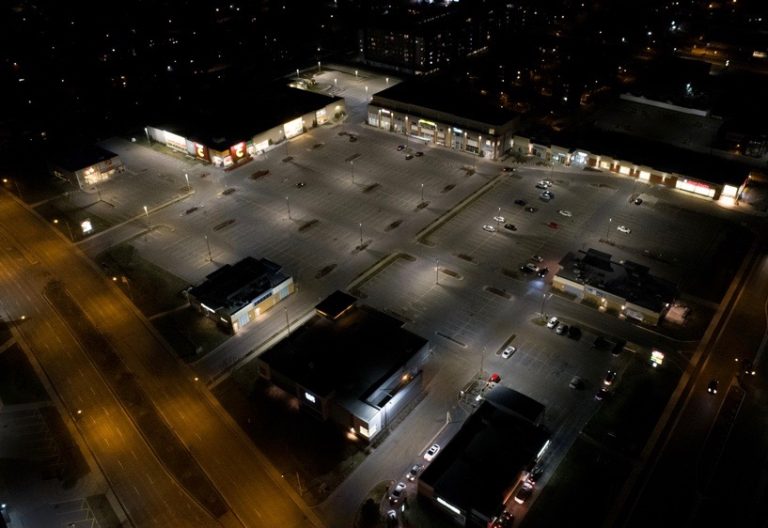When Facts Won’t Sway Them

October 1, 2021
By Keith Sones
Who knew that within the span of a few hours on one fateful day more than 40 years ago, a single event did what decades of advanced academia was unable to do.
It created an international community of nuclear experts.
On March 28, 1979 the TMI-2 reactor at the Three Mile Island nuclear power plant in upstate New York experienced a cooling problem that lead to a meltdown of about one third of the fuel core. A small amount of radioactive gas was released but not enough to create any health or environmental hazard. No one died, and the meltdown was contained.
I recall the event well. I was 15 years old and already had a previous three year career delivering newspapers, which had given me a “nose for news”. In spite of the fact that I was an obstinate teenager, often blinded to my own self-absorption, it didn’t dim my enthusiasm for knowing what was happening in the world.
So after a quick glance at the headlines I too became an expert on the subject of nuclear fission. Within minutes, I carefully reviewed all of the available information, also known as whatever the Vancouver Province daily newssheet had to say, then swiftly and authoritatively declared that nuclear power is an evil without parallel that must be banned from the face of the earth.
Millions of other self-proclaimed experts arrived at the same conclusion using about the same amount of information from similar sources. It melted down, it could have killed us all. Images of glowing green homes, deformed puppies and an army of zombies infected with myriad diseases flooded the mind. The jury had spoken. These plants had to go and not a single new one should be allowed to be built.
My view of the nuclear industry was reinforced strongly when the Chernobyl disaster occurred in 1986, and a tragedy it was. At an estimated cost of $68 billion and in excess of 10,000 lives lost across Europe, disaster is certainly the most appropriate description. It solidified my view that nuclear power was simply a catastrophe in waiting.
At this point in my life, I had been on the sidelines to watch two very scary nuclear events. By 1980 there were 253 operating nuclear plants in the world and by the end of 1986 (after Chernobyl) there were at least 133 more under construction. However, the total number of global nuclear facilities I knew about was…
Two.
Fast forward to the early 2000’s. I was working as a project manager for an electric utility that was in the midst of an expanding capital program. In layperson’s terms, it meant we were replacing a lot of old stuff and building a lot of new stuff. Stuff like transmission lines and electrical substations and the like. As the person responsible for getting some of these things built, I was regularly frustrated that a lot of the permits, approvals, public consultations and other items that were requiredbefore I could build something were late or delayed. I mean c’mon, that was the easy part. It caused me no end of personal grief when I had to constantly change my very attractive looking project schedule. I continually whined to my boss about this problem, and one day he offered a solution. In one of those “careful what you ask for” moments, he notified me that I would now be the person accountable to get a number of those things done.
I’m on easy street, I told myself. How hard could it be? You sit down with some people, let them know about the plans to build that line or station, shake their hand and get to work. I’ll be done by lunchtime.
It was a steep but enjoyable learning curve. A few months down the road I received word that some residents in an area where we had plans to construct a new substation were troubled. The proposed site was close to an affluent golf community, but would be built well out of view of any homes in an adjacent undeveloped area, more than a kilometer from the nearest residence. ‘OK’ I thought. ‘This is an easy one. I’ll meet with them, explain the location, show them how benign it will look and they’ll be fine’. With that in mind, I arranged the meeting.
It was a couple of weeks before we were able to sit down in a local coffee shop to discuss the project. I had arrived armed with artist’s renderings, maps and some technical information. “In a nutshell”, I told the few community representatives who had gathered, “you won’t see it or hear it. It’ll be like it’s not even there.”
An older gentlemen glared at me without more than a passing glance at the literature on the table in front of him and stated with conviction “It’s dangerous”.
‘Ah’, I thought. ‘He’s worried it might explode’. I chuckled quietly and spent the next few minutes describing how the equipment met exceedingly high safety standards and existed worry free in thousands of locations without a hiccup. The elder community spokesperson listened without interrupting. I finished my soliloquy, at which point he said, still glaring, “It’s those waves that are dangerous, those magnetic waves. Your company is going to expose all of us to those waves that make you sick”.
In an instant I realized I’d been on the wrong track. He thought the magnetic field from the station would be harmful. I quickly launched into an explanation that he had nothing to worry about, that the effect diminished very quickly, that even if he was worried about health effects, by the time a person was at the fence around the station, there would literally be no measurement.
Defiantly, he stated “I don’t believe you”.
“I understand your concern sir. I’d be happy to bring a meter out and show you at an existing similar station in town that there’s nothing to worry about”.
“I don’t trust your meter” he retorted.
“OK, I said, starting to feel like the conversation was going nowhere. “How about you buy a meter for measuring and we’ll pay for it?”
“I don’t know how to use it”.
I made one final offer which I figured he couldn’t refuse. “How about this? You find a consultant that does this kind of work, have them come out and take some measurements and we’ll pay for it”. I knew that while it would be a bit pricey, no one in the world would find a hint of a magnetic field a few feet outside the fence. Physics wouldn’t allow it.
Given the generous nature of the offer, I was surprised when he said “You’re trying to fool me. Build your substation somewhere else”.
I left the meeting feeling defeated. All of the facts supported what I had told him. Where did I go wrong?
After a few public meetings and plenty of smaller gatherings in the community, we finally got the project approved and underway, but that feeling of inadequacy followed me. What could I have done better, to make people understand the facts?
2010. The Winter Olympics in Vancouver. My family and I had been looking forward to it for years as we actively participated, coached and officiated in the sport of biathlon, a grueling combination of cross country skiing and target shooting. When the big show finally rolled into town, the levels of excitement were high.
Living close to the venues where a number of the events would take place, the town was buzzing with new residents, athletes, visitors and Games volunteers. There was only one topic worthy of discussion –the Olympics.
On a number of occasions I found myself in the middle of conversations about our sport of choice, which I agree is a bit of a strange hybrid. Most people understood the skiing component, so the majority of the questions revolved around target shooting. How do the athletes bring their heart rate down after skiing so hard (answer- they really don’t)? How do you teach someone to shoot (ask my wife, she’s the expert)? And plenty of questions about guns.
On several occasions, people didn’t ask questions, they simply made statements. And the most common one was “guns are dangerous”.
Having been involved with sport shooting for many years, I’d ask “Why? What makes you think that?”
“Simple. They kill people” was the typical response. And it didn’t seem to make a difference when I explained that they were simply sports equipment. That they are heavily regulated in Canada. That the athletes are trained with a safety focus, and that incidents are pretty much non-existent anywhere in the world.
“Doesn’t matter, guns kill people”.
And no matter what I’d say, they refused to accept any of it.
It was after several of these discussions that the truth finally dawned on me. Many times, too often in fact, people formulate their opinions based on pure emotion. Facts won’t sway them at all, and while I’ve noted that idea in past articles, there is one outcome that doesn’t get discussed nearly enough.
When we, and I include myself in this, make decisions based on emotion, they are most often bad ones. Inaccurate. Ill informed. Even dangerous.
Here are a few examples. There are currently almost 450 nuclear plants operating in the world, providing clean reliable energy on a 24/7/365 basis. Are they costly? Yup. Do they have inherent risks? Extremely few. OK, we can agree that they shouldn’t be built directly over an earthquake generating fault line. Will they contribute greatly to reducing carbon emissions in the power sector? Yes, they absolutely will. So why do so many people fight against them, then in the same breath argue that we need to do something meaningful about climate change?
Will the magnetic field created by equipment in an electrical substation cause you harm? No it won’t. Is that information readily available? Of course it is and has been for many years. So why would a person insist on one not being built, thereby making their own power supply less reliable?
Do guns kill people? There is violent crime involving firearms, to be sure. Do legal gun owners in Canada kill people? That’s an extremely rare event. However, when the focus is on strengthening our already strong firearm laws at the expense of cracking down on the import of illegal weapons, mainly hand guns which are the predominant source of firearm homicides, do people die? Yes they do.
There are many studies that indicate less than 1% of women who report sexual transgressions on the part of another person are not being truthful. This is the data. So why do we so often assume they are lying? And how much damage does this cause?
These are examples. There are many more. When decisions that affect us all are based on wild, very likely wrong perceptions, we will get what is predictable – bad outcomes. I’m working hard to correct that in my own life and it’s difficult. It takes time to research, to question my values if they conflict with the facts, to acknowledge I might have been wrong all along. I’m a work in progress, hopefully making headway but with a long way to go.
How about you?










![Guide to the Canadian Electrical Code, Part 1[i], 26th Edition – A Road Map: Section 10 – Grounding and Bonding](https://electricalindustry.ca/wp-content/uploads/2022/11/Guide-CE-Code-2.png)





